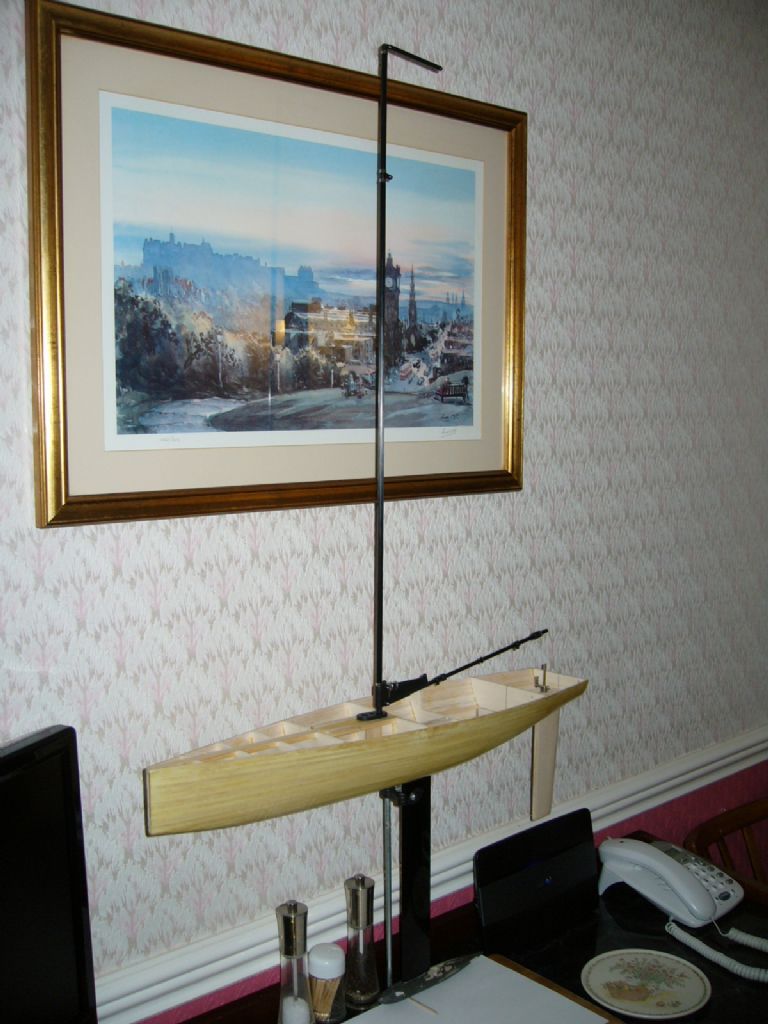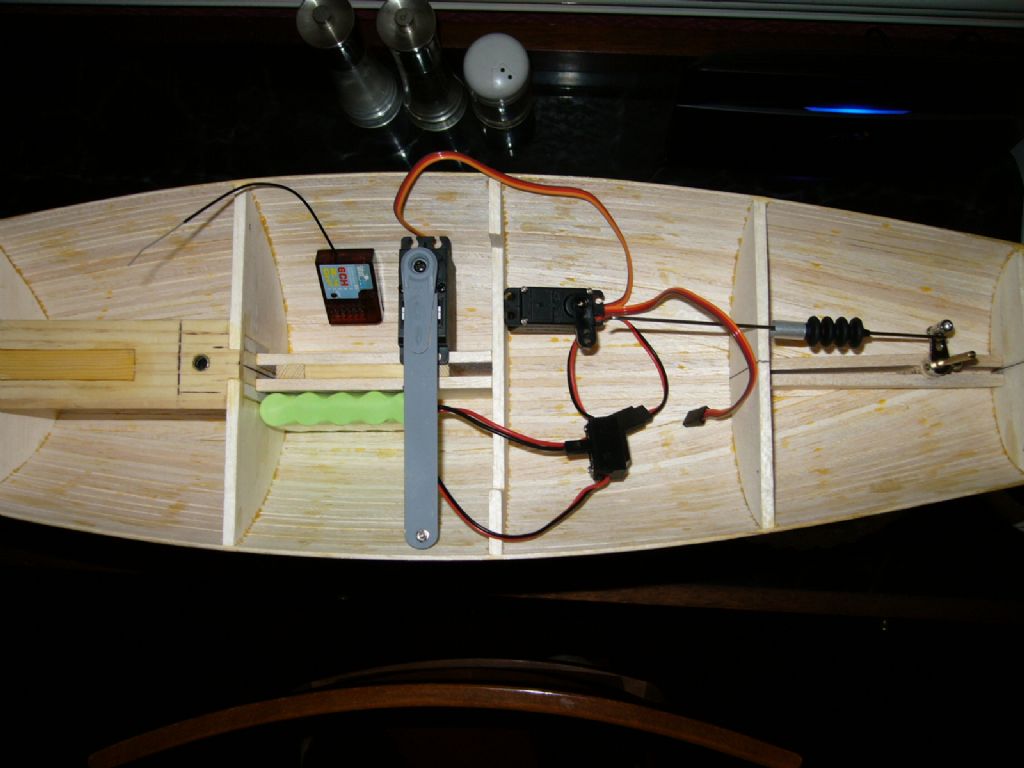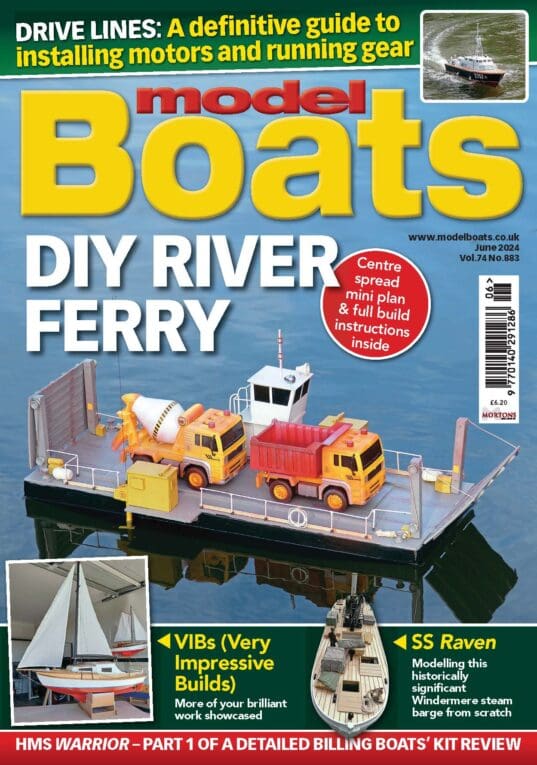Weight distribution in an RC yacht hull
Weight distribution in an RC yacht hull
- This topic is empty.
Viewing 13 posts - 1 through 13 (of 13 total)
Viewing 13 posts - 1 through 13 (of 13 total)
- Please log in to reply to this topic. Registering is free and easy using the links on the menu at the top of this page.
Code of conduct | Forum Help/FAQs
Latest Replies
Viewing 25 topics - 1 through 25 (of 25 total)
-
- Topic
- Voices
- Last Post
-
- My Clyde Puffer 1 2 … 9 10
- 17
- 1 week, 3 days ago
Viewing 25 topics - 1 through 25 (of 25 total)





